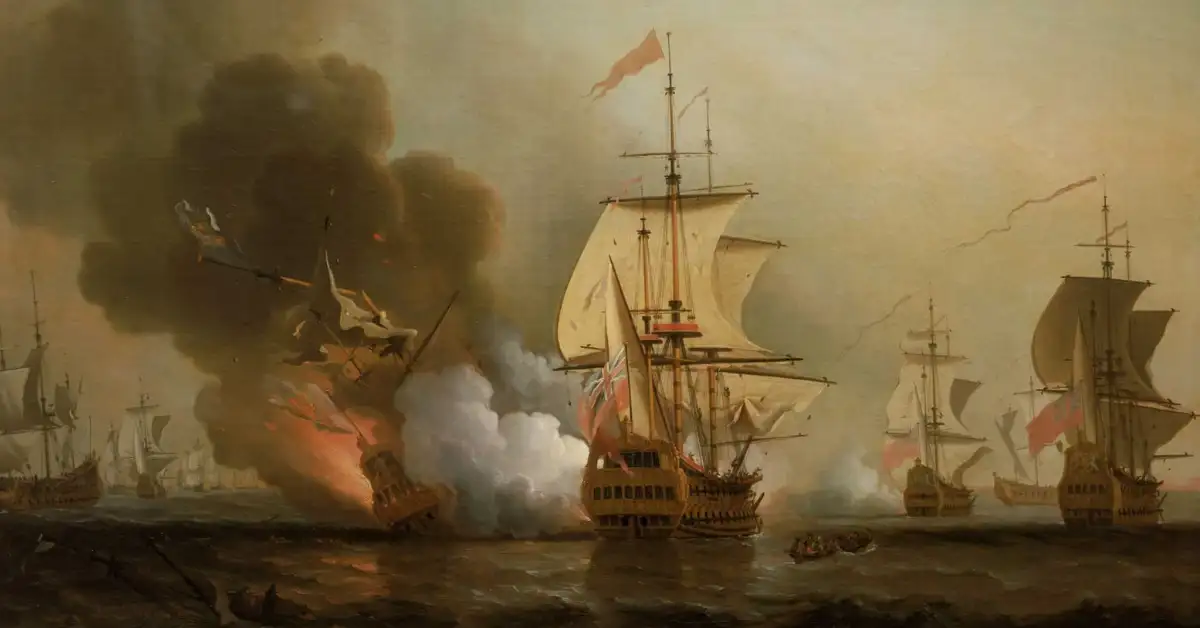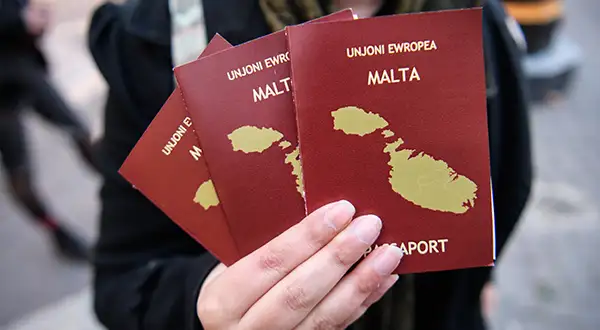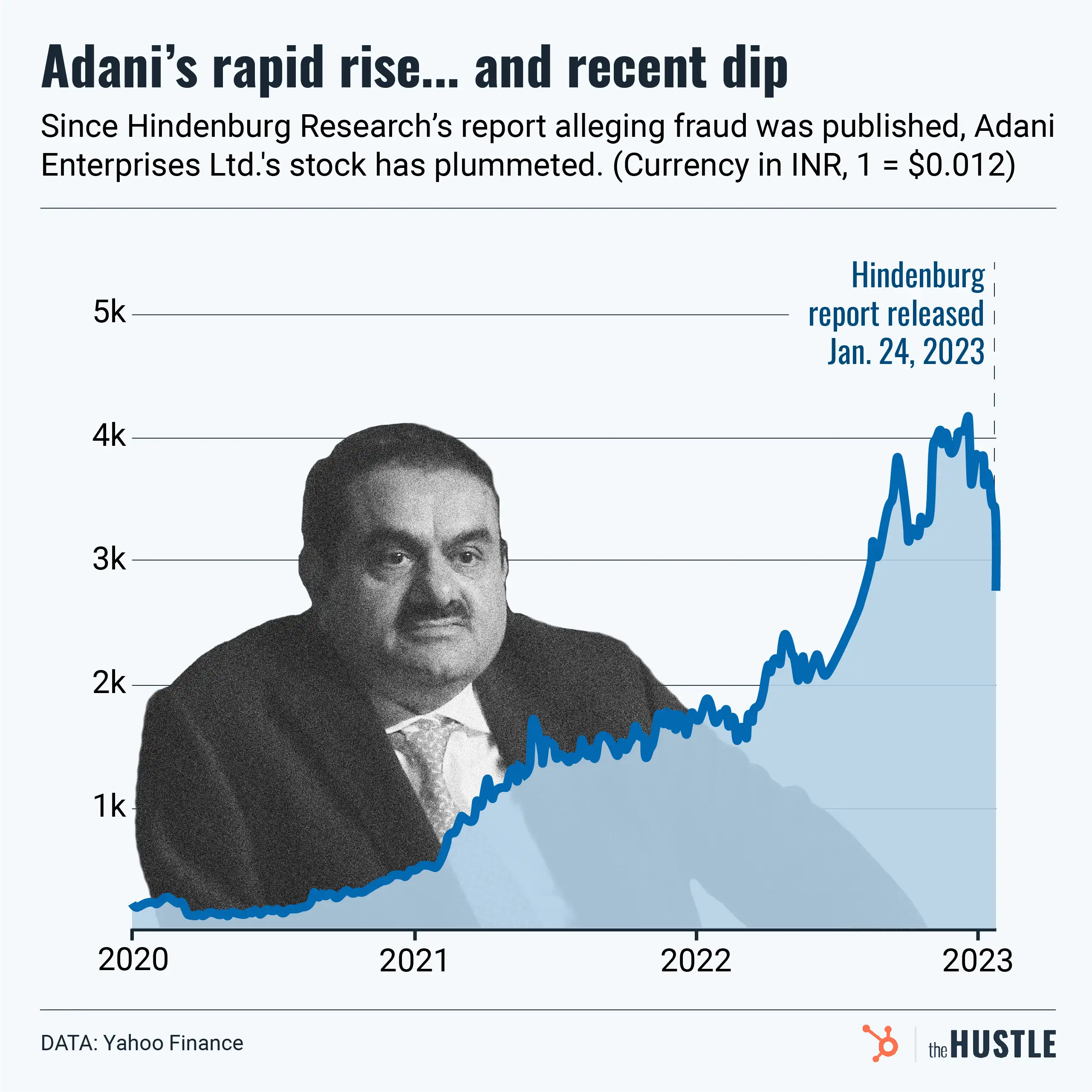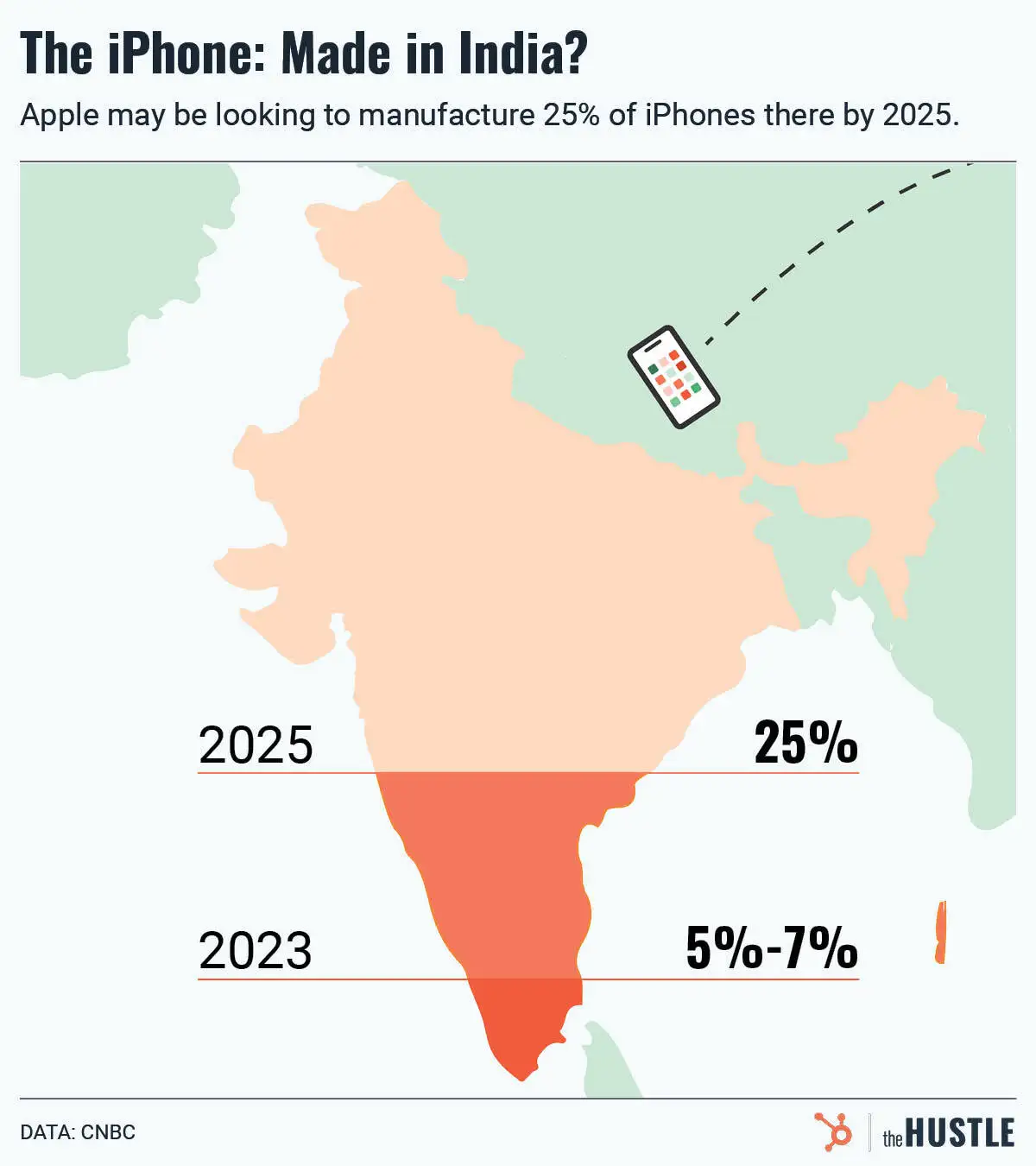Russia brutally invaded Ukraine last Thursday.

In the days since, there’s been a global outpouring of support, including major financial sanctions and military assistance.
There have also been numerous examples of netizens leveraging the internet to make a difference.
Here are some examples rounded up by privacy lawyer Whitney Merrill:
- Wikipedia: Volunteer editors are working to keep details of the invasion timely and accurate.
- Google Maps: Traffic data from Ukrainian users helps identify Russian troop movements (netizens also identified the location of Russian oligarch yachts).
- GitHub: The open-source community is crowdsourcing intelligence.
- Anonymous: The hacker group is targeting Russian government websites.
- Starlink: Ukraine’s vice PM asked Elon Musk on Twitter to provide internet service via SpaceX’s satellite array. Musk responded that it was activated and equipment was being sent to Ukraine.
- OSINT: The acronym stands for “open-source intelligence” and has been used to identify the location of munitions.
- Fundraising: Ukraine’s official Twitter account set up transfers to support the country’s defense.
- Misinformation: Social media users are debunking fake videos and photos in real time.
While much more is needed for Ukraine — and its courageous citizens — to ultimately survive the onslaught, these examples show how free internet tools that already exist can help. And there are surely more tools to come.
Topics:
International










